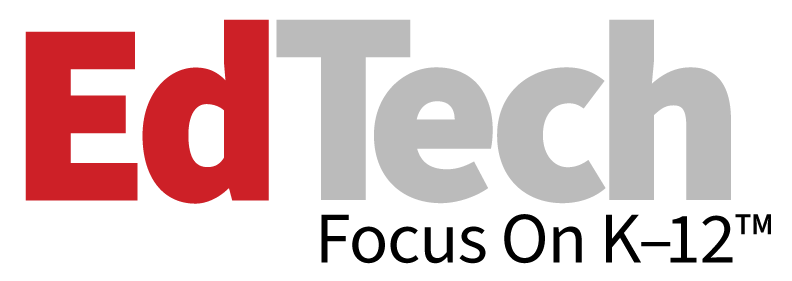Along with infrastructure modernization, K–12 IT departments increasingly rely on third parties for managed IT security services. Managed detection and response services for endpoints are a common investment. These services provide a 24-hour remote security operations center to monitor against threats — a must-have for K–12 institutions facing more cyberthreats than ever.
“Managed security offers a proactive, sustainable solution to the cybersecurity workforce shortage,” Grabill said.
Seven Key Features of a Well-Equipped MSP
Organizations benefit from working with MSPs that have industry experience. Even if an MSP understands fundamental security requirements, such as financial security, they may not be familiar with the nuances of protecting sensitive student data. Good data governance practices are vital for providers working with K–12 institutions.
RELATED: Cloud governance is imperative for K–12 schools.
Here are some other characteristics K–12 school systems should look for in an MSP:
- New functionality embedded in existing workflows. Any new solution that’s built and deployed, whether for administrative or IT users, needs to be fully integrated into existing workflows.
- Scalability, up and down. It’s common for MSPs to increase computing power at inflection points of significant usage; when an organization needs less horsepower, operating expenses should decrease accordingly.
- Support to match a school’s business model. Around-the-clock support should apply to more than just security services; technical support and data replication services should also be included.
- Consistent governance and security policies. For many MSPs, around-the-clock support means around-the-globe support. K–12 schools need an MSP that maintains data privacy and security requirements no matter where employees are operating.
- Transparency and frequent communication. Readily available governance policies should be table stakes for an MSP. Transparency should extend to communication about how the MSP operates, what effects the school system may experience and what happens if the provider falls short of its guarantee.
- Robust tools for performance monitoring. All too often, legacy workflows consist of teams getting alerts from dozens of monitoring systems. Beyond using tools with a holistic view of districtwide performance, MSPs should be able to provide insights to K–12 administrators and IT leadership.
“True managed services go well beyond transactional outsourcing,” Grabill said. “We maintain operational excellence while continuously adapting our technologies and approach to ensure we exceed expectations in a rapidly evolving digital landscape.”











